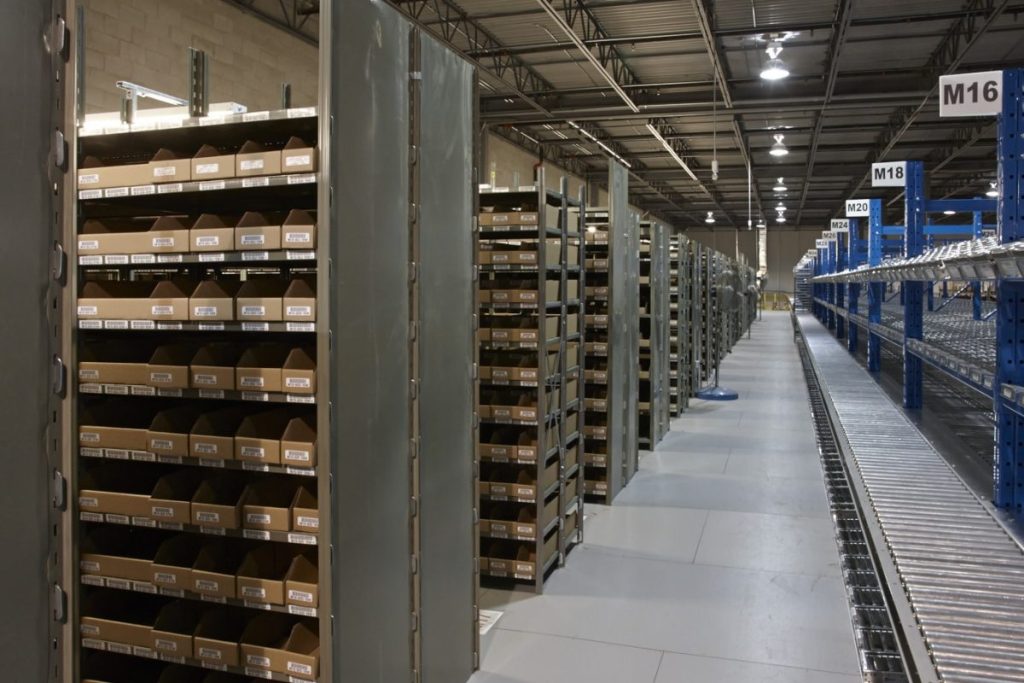Ergonomics and worksite efficiency are crucial factors in the design of industrial shelving systems. Industrial shelving plays a pivotal role in storage and organization within a workplace, whether it is a warehouse, manufacturing facility, or retail environment. The design of these shelving units must prioritize the well-being of workers and the overall efficiency of operations. First and foremost, ergonomics in industrial shelving design focuses on creating a workspace that minimizes physical strain on employees. This includes ensuring that shelves are at appropriate heights, allowing for easy access to items without excessive bending, reaching, or lifting. Adjustable shelving, when possible, adds flexibility to accommodate various types of items and the diverse range of workers’ heights and physical capabilities. Proper ergonomics also extend to the materials used in the shelving units, ensuring that they are sturdy, durable, and easy to clean, reducing maintenance demands and enhancing overall longevity.

In terms of worksite efficiency, industrial shelving design must take into account factors that optimize productivity. This means organizing items logically and in a manner that minimizes travel time for employees, improving overall workflow. Implementing modular and space-saving shelving solutions can help maximize the use of available floor space, allowing for better organization and storage capacity. Additionally, efficient industrial shelving designs should consider accessibility and visibility of items, which can significantly reduce the time spent searching for and retrieving products. Implementing features such as labeling systems go here and clear aisle markings can enhance the overall efficiency of the workspace. Safety is a paramount concern in industrial shelving design. Well-designed shelving should not only store items securely but also prevent accidents and injuries. This includes load-bearing capabilities, anchoring systems to prevent tipping, and materials that can withstand the environmental conditions of the workspace. Adequate clearance around shelving units is essential to prevent collisions with forklifts and other equipment. Incorporating safety features like guardrails and safety nets can further enhance protection in high-traffic areas.
Furthermore, a consideration of future expansion and adaptability is essential in industrial shelving design. Worksite efficiency should allow for easy reconfiguration of shelving systems as the needs of the workplace change. The ability to add or remove shelves, adjust the height, and customize configurations ensures that the shelving can grow with the business, avoiding the costly and disruptive process of completely replacing shelving units. Incorporating technologies such as automated storage and retrieval systems AS/RS, RFID tracking, or barcode systems can also enhance efficiency and accuracy in inventory management. These technologies can streamline the process of locating and retrieving items, reducing the risk of errors and minimizing downtime. In conclusion, the design of industrial shelving plays a pivotal role in maintaining a safe, efficient, and ergonomic workplace. Prioritizing ergonomics and worksite efficiency not only benefits the well-being of employees but also contributes to increased productivity and cost savings.
